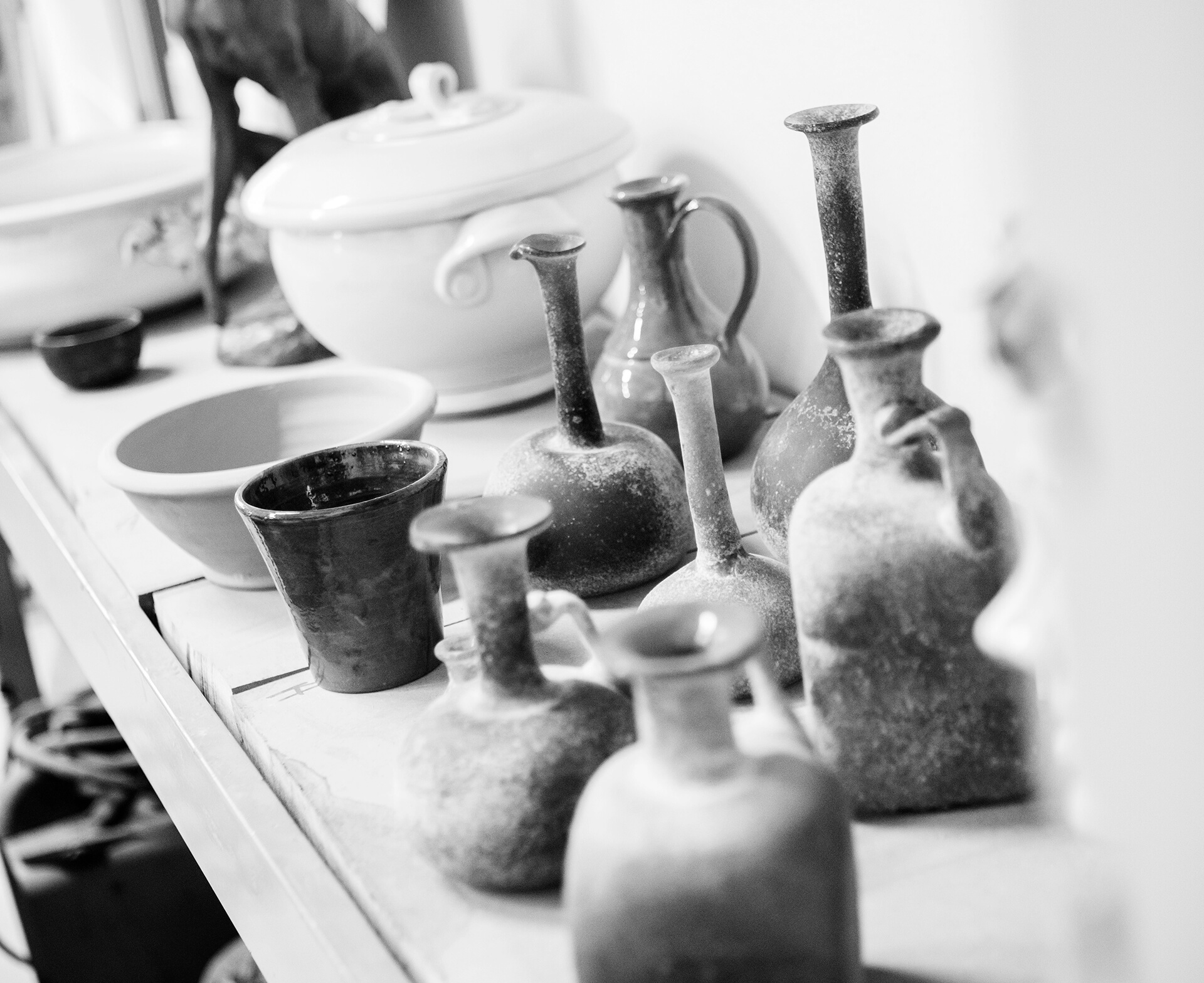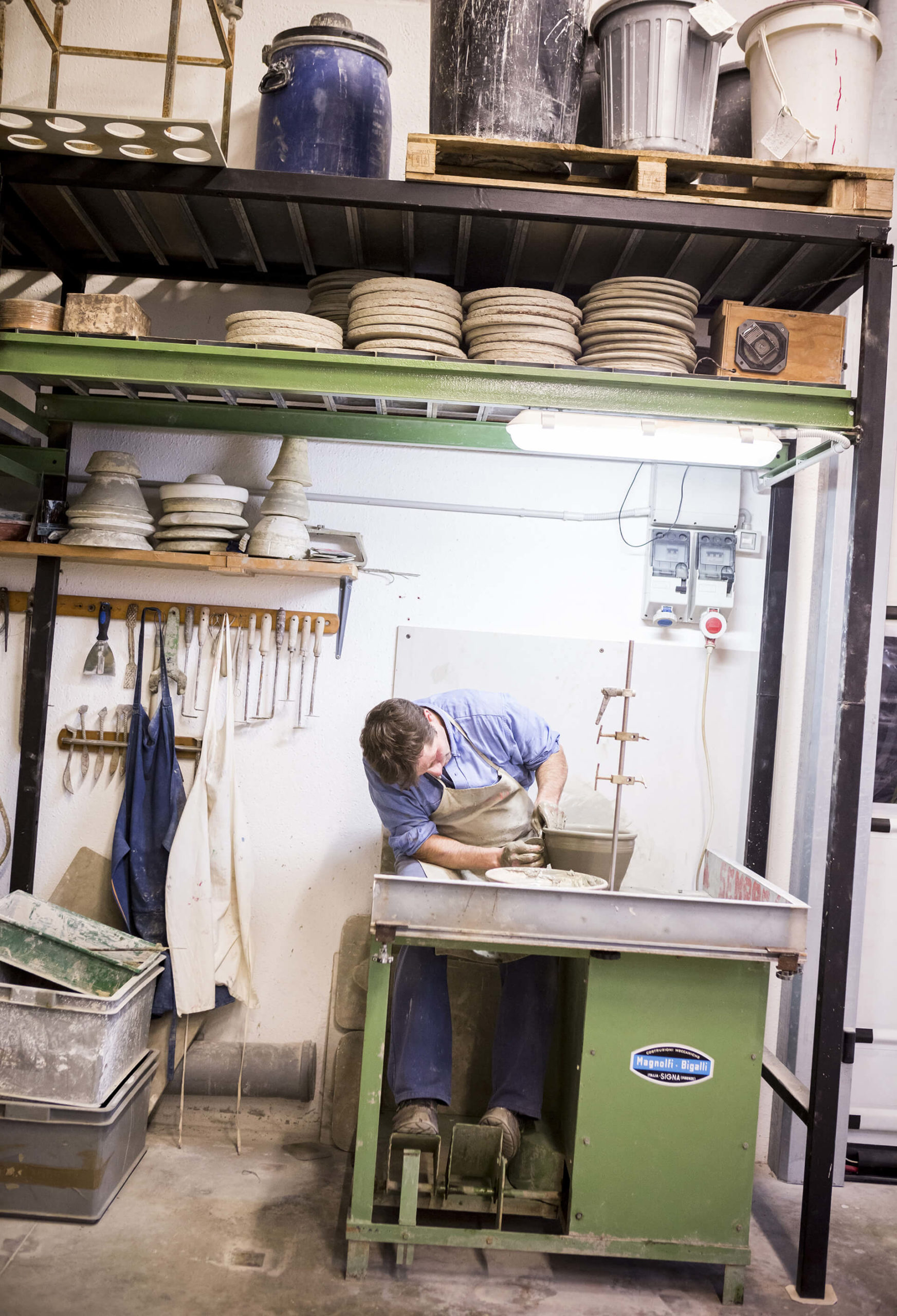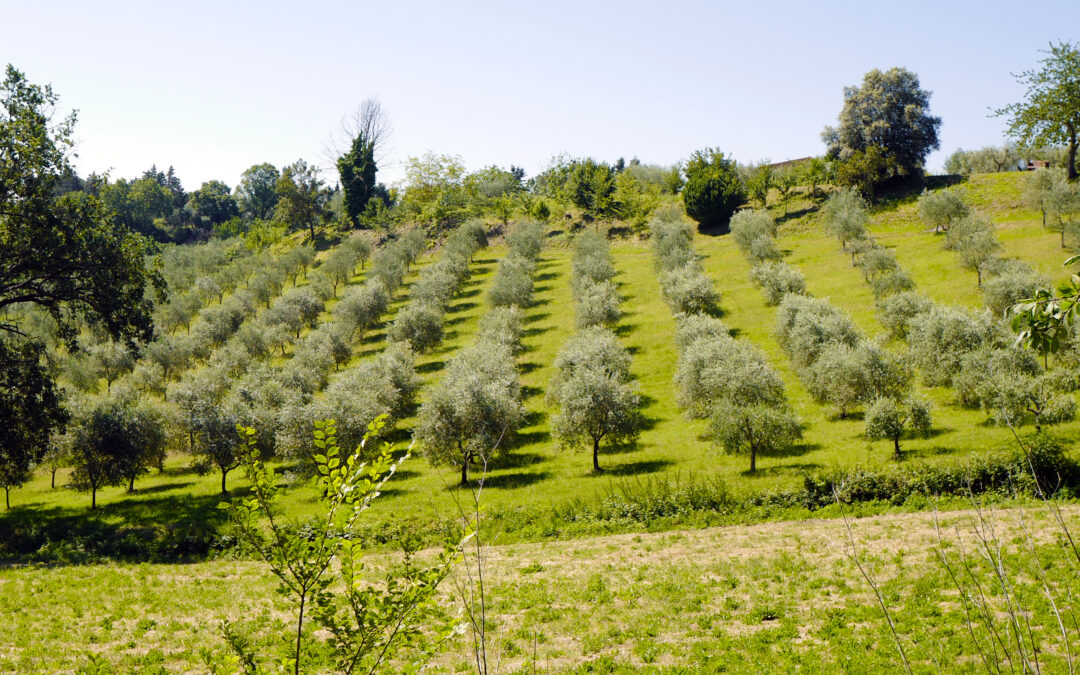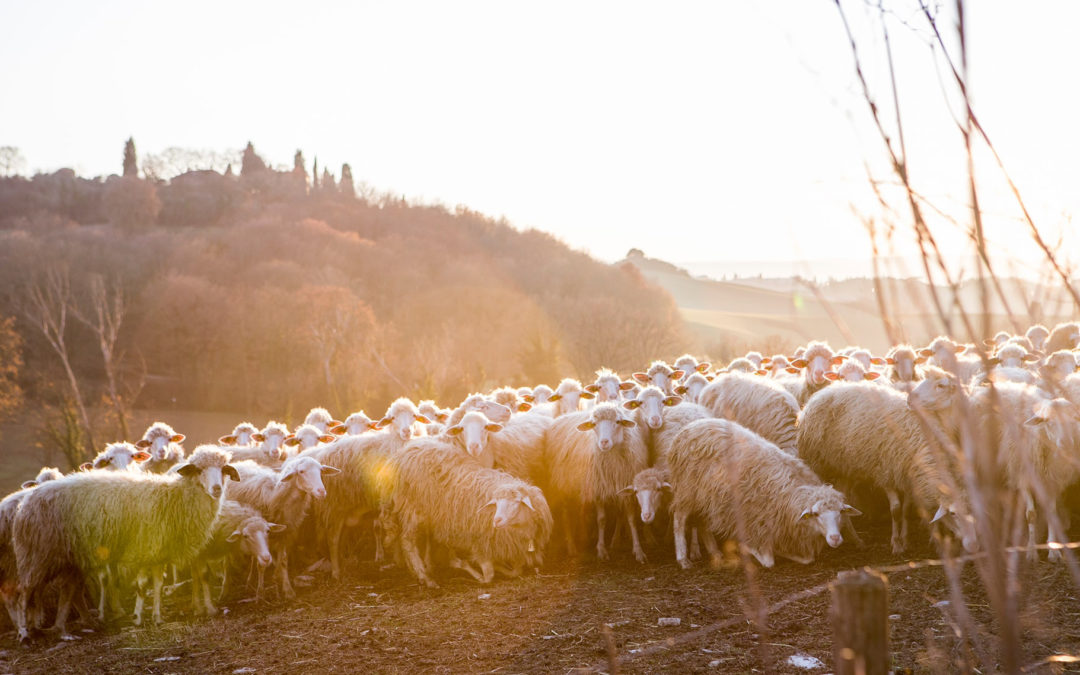Colle Val D’Elsa, the Town of Crystals.
Francesco Aiazzi at ColleVilca.
Many villages are destined to live in the shadows of the most famous cities around them. Halfway between Siena and Firenze, close to Monteriggioni, San Gimignano, and Volterra, is Colle Val D’Elsa, a town rarely mentioned among the must-see places in Tuscany. It’s a shame because Colle Val D’Elsa is a very charming hamlet. It is built on two levels: Colle Alta and Colle Bassa, connected by a tunnel.
Colle Alta, also known as Castelvecchio, is the upper part of the town with spectacular views of the surrounding countryside. It is also the oldest part of the village, where a number of noble palaces and Renaissance tower-houses are nicely integrated with the pre-existing medieval architecture.
Colle Bassa, is more modern. It is dissected by the Elsa, a river that flows through a verdant valley, a summer delight for the locals who swim in the nearby lakes and natural waterfalls. Ninety-five percent of Italian crystal and 15% of the crystal in the world is produced in Colle Val D’Elsa.
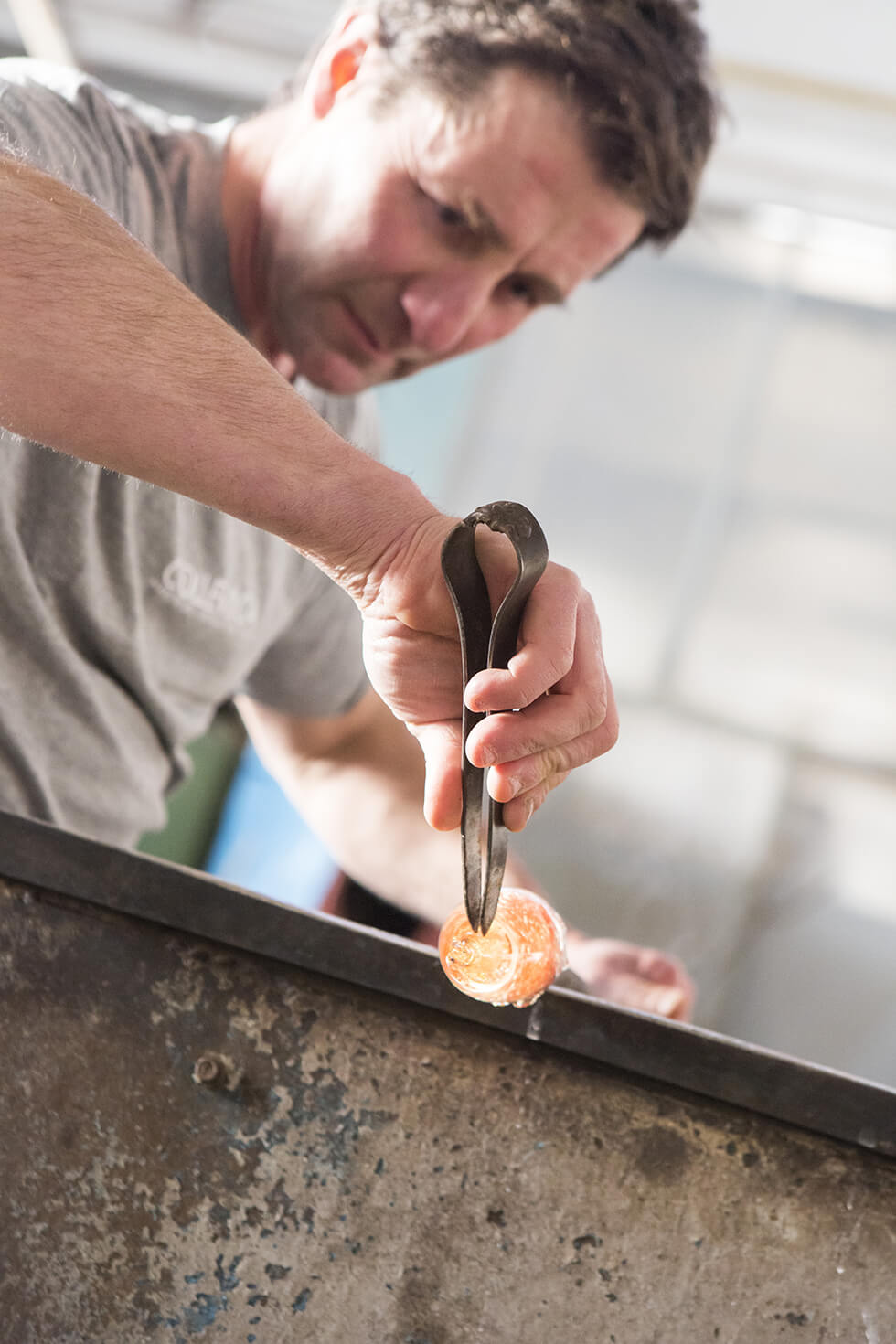
Halfway between Siena and Firenze is Colle Val d’Elsa, a town that produces 95% of Italian crystal and 15% of the crystal in the world.
Production began in the 14th century because the surrounding territory contained the essential ingredients for the glassmaking: barium, manganese minerals, and, oddly enough, forest fire ashes, a substitute for potassium metal. In 1577, Francesco I de Medici forbade any foreign glass to enter the Duchy of Tuscany, and Colle Val D’Elsa continued to develop and expand its own glass manufacturing enterprises.
However, larger-scale production of glass for tables started in earnest only in 1820, when the French glassmaker Francesco Mathis built the first furnace.

He also opened a crystal factory, which quickly achieved international renown for the sophistication of its glass carving and the elegance of its products. The accolades continued after Mathis’s death when the German master G.B.Schmidt arrived in Colle Val D’Elsa, bringing Italian crystals worldwide acclaim.
Colle Val D’Elsa quickly became known as The Bohemia of Italy. At the beginning of the 20th century, however, glassmaking in Colle Val D’Elsa entered a steep decline due, in part, to World War I. The one remaining factory, owned by Modesto Boschi, eventually closed. However, beginning in the 1940s and thanks to the resourcefulness and initiative of the locals, dozens of cristallerie came back to life.
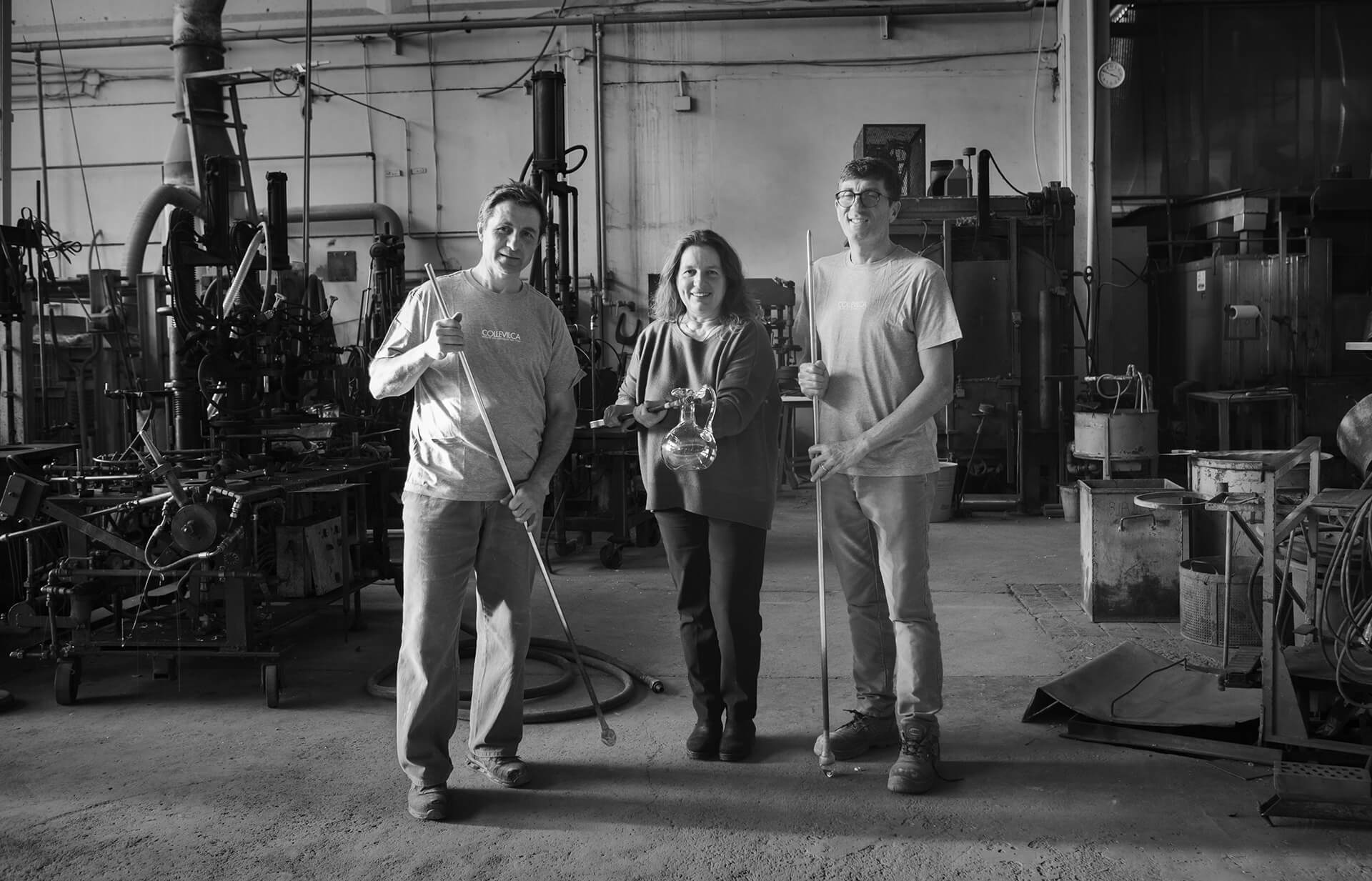
Francesco Aiazzi is my favorite glassmaker in Colle Val D’Elsa. I met him and his sister Marta 20 years ago, and we became friends at first sight. Francesco started to work at a very young age. He initially learned glass blowing technique from his father, Carlo, and later from the great Italian maestro Dorino Bormioli.
At 15, Francesco studied with the Florentine sculptor Aldo Ciolli and today, at 48, he is a master glassmaker and an artistic ceramist. After the premature death of their parents, which they weathered with dignity and grace, Marta and Francesco created a company called CCA, Cristalleria-Ceramica-Artigiana. I have never seen such well-matched business partners.
Francesco Aiazzi is my favorite glassmaker in Colle Val d’Elsa.
She is entrepreneurial and very opinionated, likes to sell, and is brilliant at engaging people in conversation; he talks only while he works, and I am pretty sure he hardly knows how to use a computer. Marta has a daughter, Sara, who loves horses and participates in equestrian competitions throughout Italy.
While Francesco is married without children, he adores his niece and spoils her with gifts. Francesco is often asked to teach in workshops organized by schools or museums. He regularly collaborates with the local crystal company, ColleVilca, a very professional group with 60 years of expertise in manufacturing superior crystal, the bright and precious crystal that, according to the law, must contain at least 24% lead—piombo in Italian.
